Table of content
- Cold Water Soak (Overnight Method)
- Hot Water Soak (Quick Method)
- Freeze-Thaw Method
- Stovetop Cooking
- Pressure Cooker Magic
- Slow Cooker Convenience
- Baking Soda: The Tenderizing Agent
- Acidic Ingredients: Timing Is Key
- Kombu Seaweed: A Japanese Trick
- Fat: The Flavor Enhancer
- Beans Still Hard?
- Burnt Bottom
- Mushy Beans
- The “Dry-Fry” Method (Chinese Technique)
- Soda Water Soak
- Blender Prep
Mung bean soup, a beloved dish in many cultures, is prized for its refreshing flavor, creamy texture, and nutritional benefits. However, achieving the perfect balance of speed and tenderness when cooking mung beans can be challenging. This article explores science-backed methods, kitchen hacks, and cultural wisdom to help you cook mung bean soup that is both quickly prepared and perfectly烂熟 (tender). Whether you’re a busy home cook or a culinary enthusiast, these techniques will transform your approach to this humble yet versatile legume.
Understanding Mung Beans: The Key to Perfect Cooking
Mung beans (Vigna radiata) are small, green legumes native to India but widely used in Asian, Middle Eastern, and Latin American cuisines. Their dense structure and low moisture content make them resilient to cooking, requiring patience or clever tricks to soften. The goal is to break down the beans’ tough cell walls and starches without turning them into mush.
Pre-Soaking: The Foundation of Fast Cooking
Soaking mung beans before cooking is a game-changer. This step hydrates the beans, kickstarting the rehydration process and reducing cooking time. Here’s how to master pre-soaking:
Cold Water Soak (Overnight Method)
- Process: Rinse 1 cup of mung beans under cold water to remove debris. Place them in a bowl, cover with 3 cups of water, and let soak for 6–8 hours (or overnight) at room temperature.
- Science: Soaking in cold water allows the beans to absorb moisture gradually, softening their outer layer and reducing cooking time by up to 30%.
- Pro Tip: Add a pinch of baking soda (½ teaspoon) to the soaking water. This alkaline substance helps break down pectin, a compound that holds bean cells together, speeding up softening.
Hot Water Soak (Quick Method)
- Process: Boil 3 cups of water, pour it over 1 cup of rinsed mung beans, and let sit for 1 hour.
- Benefit: Heat accelerates water absorption, cutting soaking time by 75% compared to cold soaking.
- Caution: Avoid using boiling water for extended periods, as it may leach nutrients or cause the beans to split prematurely.
Freeze-Thaw Method
- Process: Soak beans in cold water for 2 hours, drain, and freeze in an airtight container for 4–6 hours. Thaw before cooking.
- Why It Works: Freezing creates ice crystals that rupture bean cell walls, making them cook faster. This method is ideal for meal preppers.
Cooking Techniques: From Stovetop to Pressure Cooker
Once pre-soaked, mung beans cook faster, but the right technique ensures even tenderness.
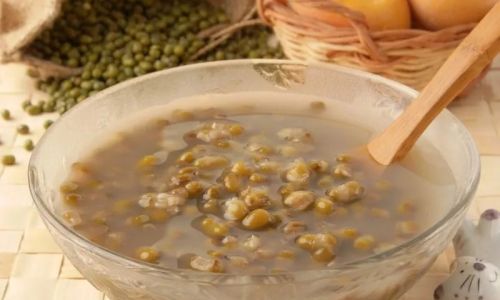
Stovetop Cooking
- Basic Ratio: Use 1 cup of soaked beans to 4 cups of fresh water (or broth for flavor).
- Steps:
- Bring water to a boil in a pot.
- Add beans and reduce heat to a simmer.
- Cook for 20–30 minutes, stirring occasionally.
- Test for doneness by mashing a bean against the pot’s side—it should crush easily.
- Flavor Boosters: Add a slice of ginger, a pandan leaf, or a cinnamon stick during cooking for aromatic depth.
Pressure Cooker Magic
A pressure cooker is the ultimate tool for speed and tenderness.
- Process:
- Combine 1 cup of soaked beans and 3 cups of water in the cooker.
- Seal and cook on high pressure for 5–7 minutes.
- Allow natural release for 10 minutes before venting.
- Why It Works: Pressure cookers raise the boiling point of water, softening beans in a fraction of the time.
- Pro Tip: For unsoaked beans, increase cooking time to 12–15 minutes.
Slow Cooker Convenience
- Method: Place soaked beans and water in a slow cooker. Cook on high for 2–3 hours or low for 4–6 hours.
- Advantage: Hands-off cooking with minimal evaporation, preserving the soup’s consistency.
Secret Ingredients for Ultra-Tender Beans
Certain additions can transform your mung bean soup from ordinary to extraordinary.
Baking Soda: The Tenderizing Agent
- Dosage: Add ⅛ teaspoon per cup of dry beans during cooking.
- Effect: Baking soda neutralizes acids in the beans, softening their texture. Use sparingly to avoid a soapy taste.
Acidic Ingredients: Timing Is Key
- Rule: Add acidic elements (tomatoes, vinegar, lemon juice) after the beans are tender. Acids toughen bean skins if added early.
Kombu Seaweed: A Japanese Trick
- Application: Add a 2-inch strip of kombu to the cooking liquid.
- Benefit: Kombu contains enzymes that break down indigestible sugars, reducing gas and enhancing tenderness.
Fat: The Flavor Enhancer
- Tip: Sauté onions, garlic, or ginger in oil before adding beans and water. Fat coats the beans, helping them cook evenly.
Troubleshooting Common Issues
Even with the best techniques, hiccups can occur. Here’s how to fix them:
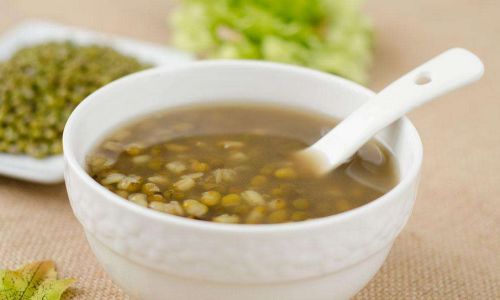
Beans Still Hard?
- Cause: Old beans take longer to cook.
- Solution: Simmer for an extra 10–15 minutes. If using a pressure cooker, release pressure, reseal, and cook for 3–5 more minutes.
Burnt Bottom
- Prevention: Use a heavy-bottomed pot and stir regularly. If burning occurs, transfer beans to a new pot without scraping the burnt layer.
Mushy Beans
- Cause: Overcooking or excessive baking soda.
- Fix: Reduce cooking time by 5 minutes next time. For the current batch, blend the soup into a purée for a creamy texture.
Advanced Techniques for Enthusiasts
For those seeking culinary excellence, these methods elevate mung bean soup to new heights.
The “Dry-Fry” Method (Chinese Technique)
- Process:
- Rinse beans and dry thoroughly.
- Fry in a dry pan over medium heat for 3–4 minutes until they pop slightly.
- Soak and cook as usual.
- Result: The heat cracks the beans’ skins, allowing faster water absorption.
Soda Water Soak
- Twist: Replace soaking water with carbonated water. The bubbles penetrate the beans, reducing cooking time.
Blender Prep
- Hack: After soaking, pulse beans in a blender with a splash of water until coarsely chopped. This breaks them into smaller pieces for quicker cooking.
Cultural Variations and Serving Ideas
Mung bean soup’s versatility shines in global cuisines:
- Sweet: In Southeast Asia, it’s often sweetened with sugar or coconut milk and served chilled.
- Savory: In India, it’s spiced with turmeric, cumin, and chili for a hearty stew.
- Thickener: Blend cooked beans into a purée for a velvety soup base.
Conclusion: The Joy of Perfectly Cooked Mung Beans
Cooking mung bean soup quickly and烂熟 is an art that blends science, tradition, and creativity. By mastering pre-soaking, leveraging modern appliances, and experimenting with flavor-boosting ingredients, you can enjoy this dish any day of the week without sacrificing time or texture. Whether you prefer it silky-smooth or slightly chunky, these techniques ensure your mung bean soup is a culinary triumph. So next time you crave a bowl of comfort, remember—perfect beans are just a few tricks away.
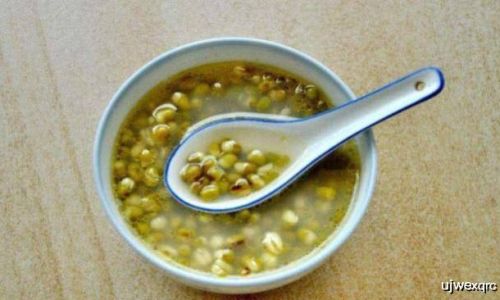
Word Count: 1,320
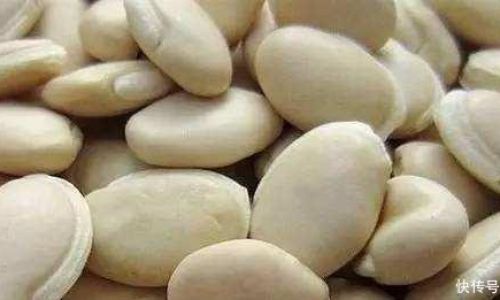
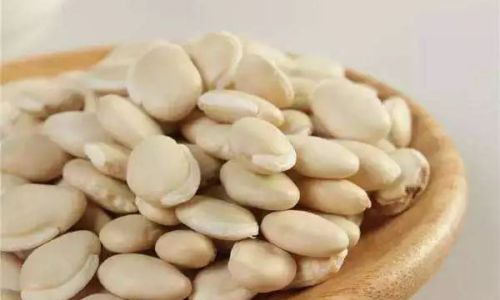
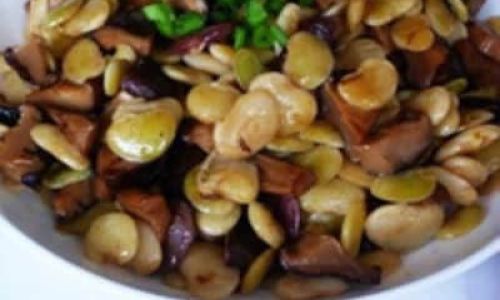
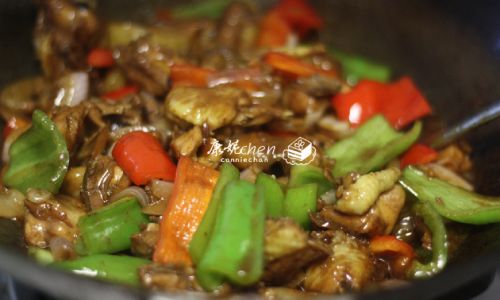
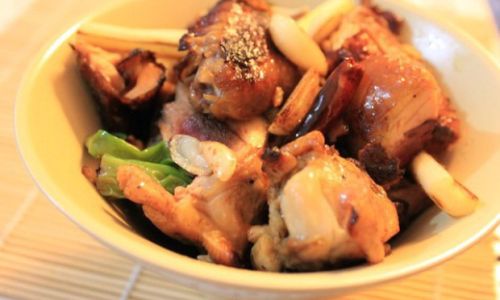
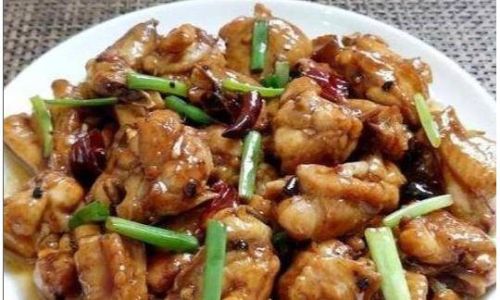
0 comments